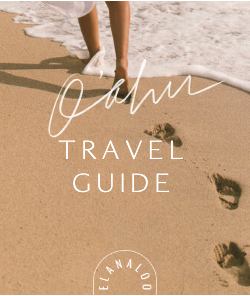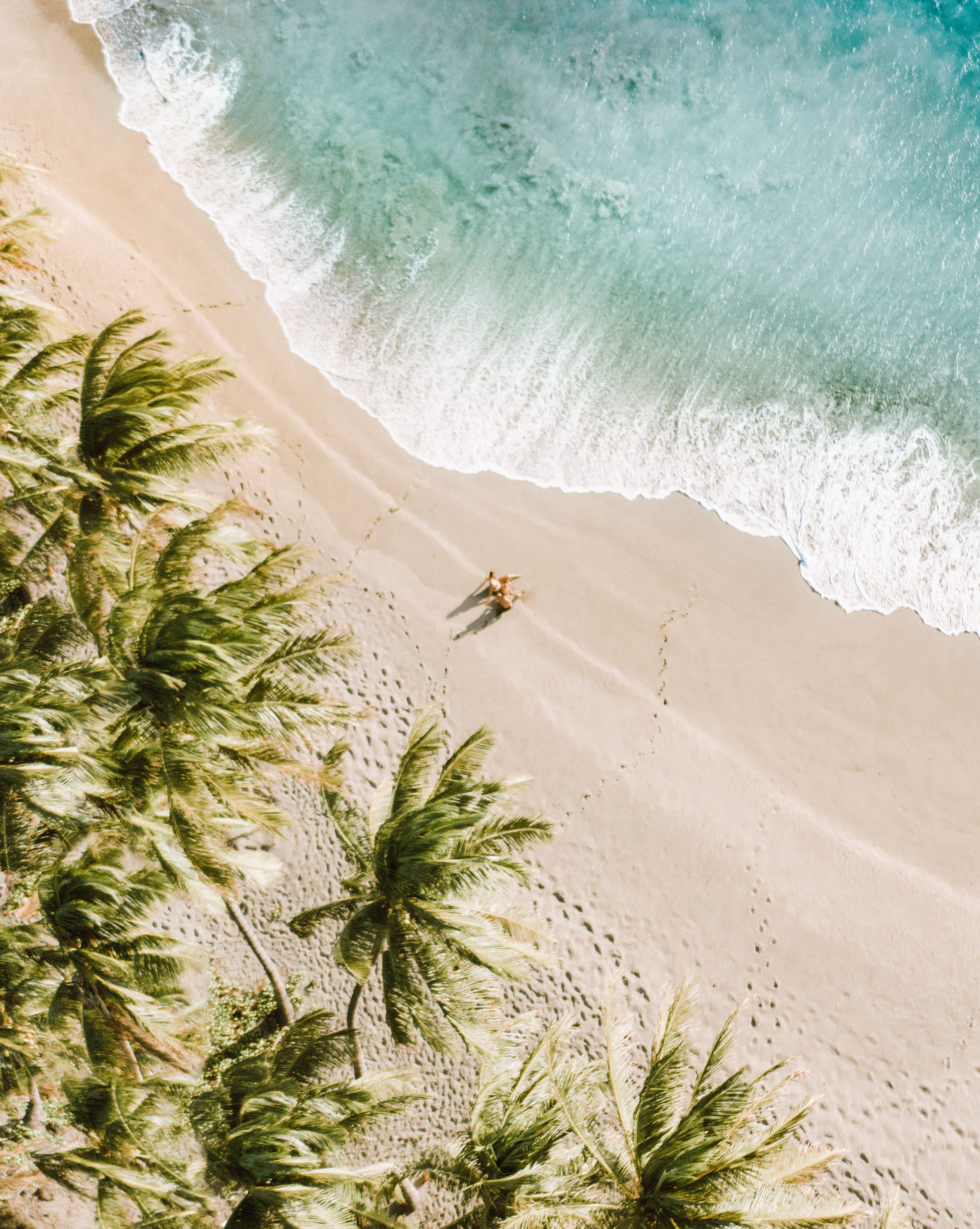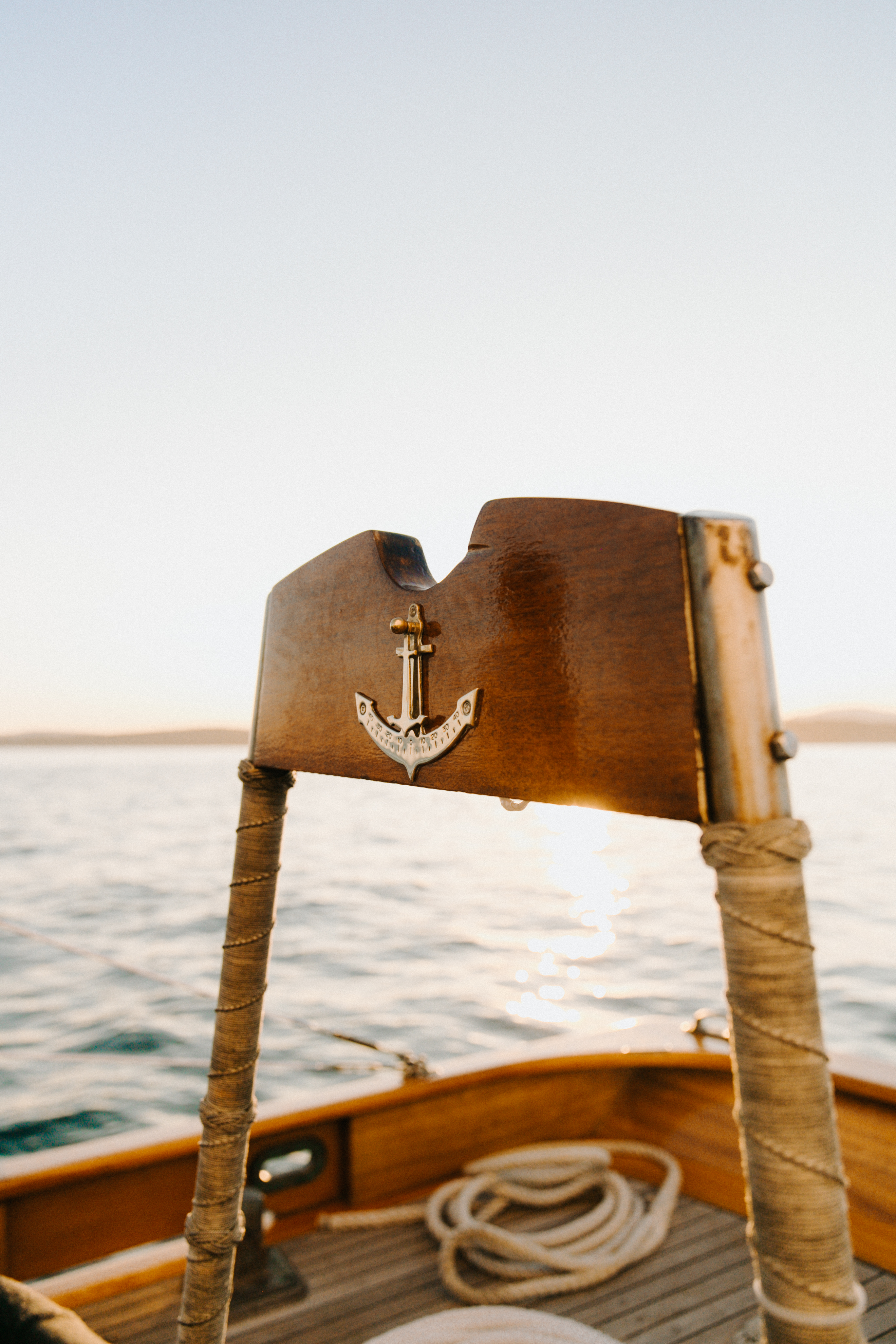
Wearing reef-safe sunscreen is wildly important. But why?
In the past couple of years, the term ‘Reef Safe’ sunscreen has made its way into public consciousness. But what makes a sunscreen “reef-safe” and why is so vitally important? Let’s dive in.
Reef-safe sunscreen is, first and foremost, safe-to-body & safe-to-planet. Toxic sunscreens aren’t just harmful to our ocean ecosystems – the ingredients are also toxic to our human bodies, especially if we’re exposed from a young age throughout our lives. Recently, it was found that these toxic active ingredients of commonly-used sunscreens end up in the human bloodstream at much higher levels than current U.S. guidelines indicate.
These same key ingredients in mainstream sunscreens are also killing our coral reefs. Up to 14,000 tons of sunscreen wind up in coral reef areas of the ocean every year and scientists have found that contributes to the damage of the individual ecosystems. Oxybenzone, a UV filtering ingredient commonly found in sunscreens, is the main ingredient that is harming the coral and completely changing the environment of our oceans.
What is reef safe sunscreen and why should I be wearing it?
Reef-safe sunscreen is made with minerals like zinc oxide or titanium dioxide rather than toxic chemicals. They are the better choice and have no (or at least fewer) toxic effects on marine life, making them a reef-safe alternative. Below, I’ve gathered some ocean-friendly / human-friendly products that you can pack on your next vacation / snorkeling trip or if you live by the ocean, please consider adding them into your daily life.
In general, any natural sunscreen (organic, non-toxic, biodegradable etc.) is better for the environment than a conventional one. Look for a brand that uses physical sunblocks such as titanium or zinc oxide instead of chemical ones. The jury is still out as to whether titanium and zinc oxide are truly reef safe. Both are mineral powders that some scientists claim settle on the ocean floor and block sunlight, but this belief does not seem to be widely accepted. If you want to decide between the two, zinc oxide is proven to block both UVA and UVB rays whereas titanium oxide primarily only blocks UVB rays.
TAKE NOTE! When shopping for sunscreen, don’t just read the label, read the ingredient list.
No one is governing whether or not a product labeled as “reef safe” is in fact safe for our reefs or not so we have to take responsibility and read the ingredients for ourselves!
Here are some sunscreens I’ve found to be reef safe:
Manda Sunscreen, SPF 50
Raw Elements Sunscreen, SPF 30
Thank Me Later Sunscreen, SPF 30
Stream2Sea Sunscreen, SPF 30
Kabana Organic Skincare, SPF 32
Mama Kuleana Sunscreen, SPF 30
Joshua Tree Reef Safe Sunscreen, SPF 30
You can also make your own very easily!
What’s so terrible about mainstream sunscreen brands?
Scientific studies are clearly showing oxybenzone to be harmful to coral larva inhibiting growth.
You can ABSOLUTELY see the impact on the reef here in Hawai’i which is so saddening. More than half of our coral reef is dead here in Hawai’i, taking on a muted grey color. Since visitors and locals alike are constantly getting into the water with these harmful chemicals on their skin, the reefs are not recovering. Hawai’i and Key West have been the first places to ban harmful sunscreens to protect coral reefs. But these laws aren’t going to be in place until 2021 so until then, we have to spread awareness and halt the use of these toxins ourselves.
Preserving the coral reefs is wildly important for more reasons than I can count but one that seems to catch people’s attention the most is that the ocean’s health directly effects the health of our planet and the health of the human population. Coral reefs are the “rainforests of the sea” and are some of the most biodiverse and productive ecosystems on earth producing more than half of the oxygen in the atmosphere and absorb most of the carbon from it. Oceans are the lifeblood of planet Earth and humankind. They flow over nearly three-quarters of our planet, and hold 97% of the planet’s water.
Coral reefs rapidly dying is not just happening here in Hawai’i. Coral reefs are dying off all around the world. Scientists’ research reflect that it’s mainly due to rising ocean temperatures, but new evidence suggests these chemicals in sunscreens are also majorly contributing to it, demonstrated in popular tourist areas.
The following is a cheat sheet of the ingredients that have been shown to cause coral bleaching and be harmful to humans even at low levels:
- Oxybenzone
- Butylparaben
- Octinoxate
- 4-Methylbenzylidine Camphor
So please, please, please AVOID these.
Chemicals in sunscreen can transfer from human skin to coral reefs in one of two ways—when it washes off while you’re swimming, or through sewage and runoff being released in the water. No sunscreen is totally waterproof—hence the FDA’s ruling in 2011 that manufacturers can’t market products as water or sweat proof — and some of it, if not all, will definitely dissolve into the water while you’re swimming or surfing. And if you don’t wait the 10–20 minutes recommended on the bottle before getting in the water, the oxybenzone won’t have a chance to fully absorb into the skin, and can wash off even faster.
Sadly, you don’t even need to get the stuff on your skin to do environmental damage. When beachgoers use an aerosol-based sunscreen, only about 30% of the product ends up on our bodies while 70% ends up on the sand. And that’s with no wind. If there is a wind gust, spray sunscreen can travel as much as 450 yards away—and much of that wasted product is going to end up in the water. YIKES! I recommend avoiding aerosols all together!
So what can we do?
Use non-toxic, reef-safe sunscreen
Check out some of the products I listed above or see what is in your local markets and make the switch. Bonus points if you buy a brand that is in metal, glass or post-consumer recycled plastic!
Apply well before getting in!
Apply reef-safe sunscreen at least 10-15 minutes before going in the water so that the lotion absorbs into your skin.
Think beyond sunscreen:
- Seek shade & lay under a coco palm
- Bring an lovely umbrella like this one or this one
- Wear a rash guard when you surf instead of applying sunscreen
You can gather additional information from the National Park Service or NY Times.
Part of the reason I love sharing here on my blog is because I think education is the most powerful tool. I don’t think people want to harm the reef, I think we as humans just don’t know better until someone brings attention. I didn’t know before living in Hawai’i and talking with informed friends I have made here. Something that would be very powerful is if there was a mandatory video on every plane coming into Hawai’i that educated travelers about ways to save the reef, the need for reef safe sunscreen and ways to reduce waste while here. I’m not sure who to speak to about this but I’m going to try!
My hope in sharing this is that you learn about this big issue and that you share this post with your friends, family and online community. On your next vacation or next outdoor adventure, consider the impact you’re making – switch to non-harmful, chemical free, reef safe sunscreen.
Let me know if you have any questions or if there is something I can add to this post.
I am constantly learning and am by no means an expert. Happy to share more information when I learn more!




















Wonderful post ! Don’t forget about Raw Love Sunscreen – the first FDA approved and plastic free mineral sunscreen in all of Hawaii :D
Love this Elana! So informative and something I didn’t know about before. Thanks for sharing your knowledge.